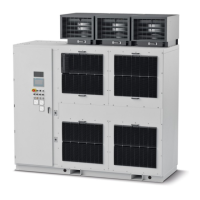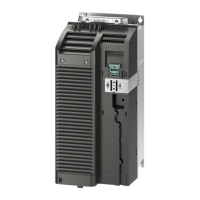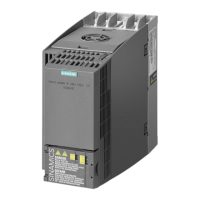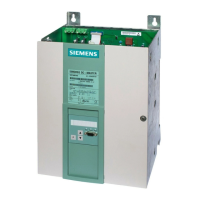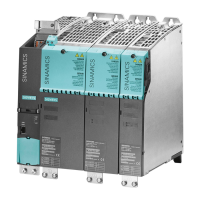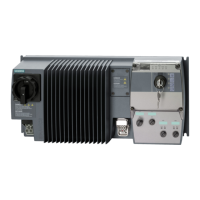Perfect Harmony GENIII/e User’s Manual Glossary of Terms
A1A19000405A: Version 1.3 A-1
A
This appendix contains definitions of terms and abbreviations used throughout the Perfect Harmony series manuals.
AND - AND is a logical Boolean function whose output is true if all of the inputs are true in SOP notation, AND is
represented as “∗” (e.g., C=A∗B), although sometimes it may be omitted between operands with the AND operation
being implied (e.g., C=AB).
ASCII - ASCII is an acronym for American Standard Code for Information Interchange, a set of 8-bit computer
codes used for the representation of text.
Automatic bypass operation - Automatic bypass operation is the same as bypass operation, but occurs automatically
if a drive fault occurs and a pre-defined time has elapsed after the fault.
Automatic mode - Automatic mode is a control scheme in which the operator selects an input to be used as the
desired velocity input. Speed profiling is used in automatic mode to allow the operator to scale the output based on a
programmable input range.
Baud rate - Baud rate is a measure of the switching speed of a line, representing the number of changes of state of the
line per second. The baud rate of the serial port of the Perfect Harmony is selected through the Baud Rate parameter
in the Communications Menu [9].
Bit - Bit is an acronym for Binary digit. Typically, bits are used to indicate either a true (1) or false (0) state within the
drive’s programming.
Boolean algebra - Developed by mathematician George Boole, Boolean algebra is a form of mathematical rules used
in the design of digital and logic systems.
Bypass option - The Bypass option can be selected to provide optional line operation of the motor.
Carrier frequency - Carrier frequency is the set switching frequency of the power devices (IGBTs) in the power
section of each cell. The carrier frequency is measured in cycles per second (Hz).
“Catch a spinning load” feature - “Catch a spinning load” is a feature that can be used with high-inertia loads (e.g.,
fans), in which the drive may attempt to turn on while the motor is already turning. This feature can be enabled via
the NXG menu system.
CLVC - An acronym for Closed Loop Vector Control - which is one of six control modes in the NXG drive. This is
flux vector control for an induction machine (IM), utilizing an encoder for speed feedback.
CMP - Refer to the glossary term SOP.
Comparator - A comparator is a device that compares two quantities and determines their equality. The comparator
submenus allow the programmer to specify two variables to be compared. The results of the custom comparison
operations can be used in the system program.
Compiler - A computer program (or set of programs) that translates high-level programming computer language (the
source code) into a lower-level programmable language (assemble or machine language).
Configuration Update - see ToolSuite definition.
Converter - The converter is the component of the drive that changes AC voltage to DC voltage.
Critical speed avoidance - Critical speed avoidance is a feature that allows the operator to program up to 3
mechanical system frequencies that the drive will “skip over” during its operation.
CSMC - An acronym for Closed Loop Synchronous Machine (SM) Control. One of six control modes of the NXG
drive. This is a flux vector control for a synchronous machine, utilizing an encoder for speed feedback and providing
a field excitation command for use by an external field exciter.
APPENDIX
A
Glossary of Terms
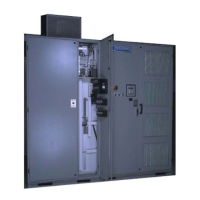
